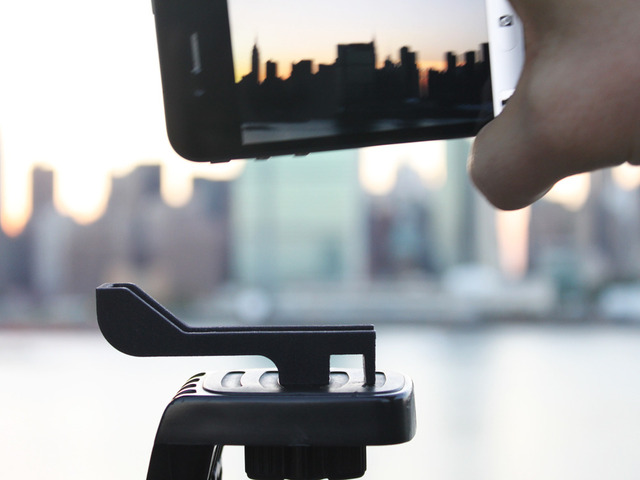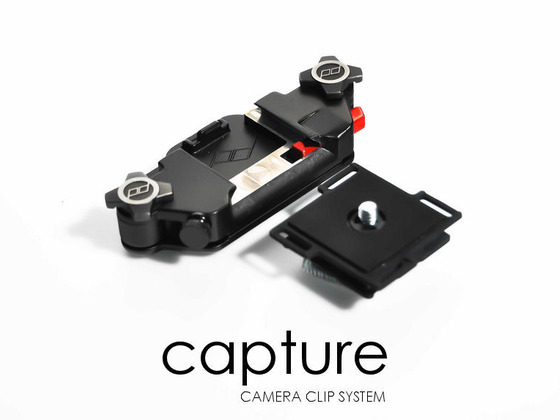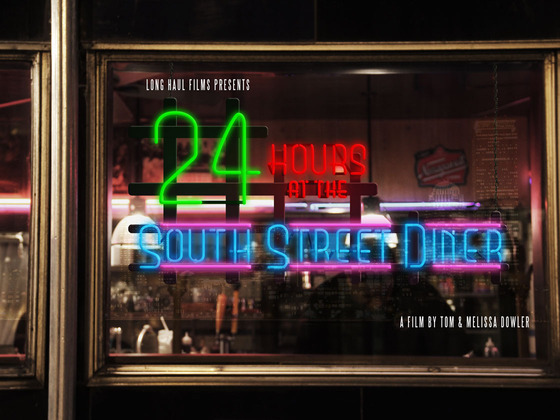 A Year ago today I launched my third Kickstarter project called StreetXSW, which turned out to be my biggest entrepreneurial failure. The project was to create a photo book by shooting the SXSW festival in Austin TX in the street photography genre. I wanted to highlight all the cool stuff we miss while plugged into our devices.
A Year ago today I launched my third Kickstarter project called StreetXSW, which turned out to be my biggest entrepreneurial failure. The project was to create a photo book by shooting the SXSW festival in Austin TX in the street photography genre. I wanted to highlight all the cool stuff we miss while plugged into our devices.
I had worked for months on my photography, the video, and getting the project page setup. I wrote and rewrote the script countless times. I shot the video at least three different times. I knew how important a great story would be to my project, so I poured everything I had into making the best video possible.
Excitedly I launched the project and then… nothing happened. No one bought the book, a few people shared the project, but it wasn’t enough to get any meaningful traction. It got picked by the Kickstarter staff, as a featured photography project, but that still did not help.
After a few days, and some negative feedback I realized the project was broken. I could have promoted the hell out of it, but in the end it wasn’t going to do what I wanted. So with a heavy heart I canceled the project I had spent months working on.
After you’ve done your best
For the next few days I beat myself up , thinking about how badly I had failed, and how all my work had been for nothing. Then I read this from Seth Godin:
Successful people analytically figure out what didn’t work and redefine what their best work will be in the future. And then they get back to work.
I realized that I needed to get back to work and see the project there, even if I wouldn’t be able to do my project as envisioned. With the help of Jerry Hirsch and Robert Ortiz I went to SXSW and got some amazing photos.
I’ve been sitting on the photos for a year because I wasn’t sure what to do with them. I thought about creating a video with the photos, I thought about prototyping my photo book, I even thought about tossing them all because they were a bitter reminder of my own stupidity. However, as I’ve reflected on the past year, and everything that happened because of my failure, I thought this might be an opportunity to remind people that failure isn’t that bad after all.
The Consequence Of Failure
The most interesting aspect about this project has been all of the stuff that has happened after it failed. As a result of preparing for the project, I was able to raise my photography to a new level. In August I wrote a post called Studying failure: What I learned from a Kickstarter project that failed… badly which talked about what I learned from the Kickstarter campaign. It has been viewed over 3,500 times and has helped people avoid the mistakes I made. The connections and the response I got because of sharing my failure so openly made the entire experience more than worth it.
All of this is great but in the days after I canceled the project, the only thing I could think about was how badly I had messed up. However, over the past year I came to realize one very important thing.
Our failures do not make us a failure.
Whenever a something doesn’t work out, or when we are scared it might not work out, we create all this anxiety and stress about being labeled as a failure. I think we need to give ourselves permission to let go of our negative feelings, and to realize that failure is not the end of the world.
So in celebration of my biggest entrepreneurial failure, here are the pictures I took last year at SXSW.

Click to see more
PS
I’m thinking of doing a project related to letting go of our fear of failure but only if there is enough interest. If this post spoke to you, or you know someone that is having a hard time dealing with failure, leave your name and email and I’ll contact you soon. http://eepurl.com/uL7AL












